
-
anchor
Margaret Griffin & John Enright on Defining the Projects that Define You
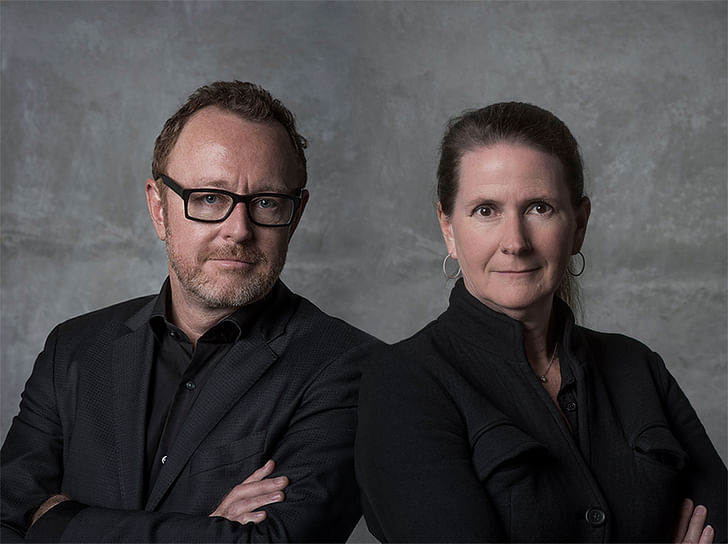 John Enright & Margaret Griffin of Griffin Enright Architects. Image via Griffin Enright Architects.
John Enright & Margaret Griffin of Griffin Enright Architects. Image via Griffin Enright Architects.Looking for a rebuttal to the question "What have you done on your own?", Griffin Enright Architects has delved into the profession through a combination of landscape, pedagogical, and built environment explorations as a means to define and build their own history.
For this week's Studio Snapshot, John Enright walks us through their journey of breaking away from a large firm to start their own. And, how their ability to remain hands-on on so many fields has forged and solidified their relationships within the professional and academic worlds.
Where and when did your studio start?
Margaret Griffin started Griffin Architects in 1998 in Los Angeles, and I joined in 2000 to form Griffin Enright Architects.
How did you come up with your name and company ethos?
We seemed to have missed the memo regarding novel ways to name an architectural office, so it is pretty straight forward! One thing I think that Margaret and I have shared from the beginning is the desire to test ideas in built form. We were not content to wait a decade hoping to win a major competition, so we quickly started trying to leverage even small projects as design research in built form.
How many people work at the company?
Right now 10 of us.
What made you make the decision to start an office?
I think it is something we just always thought individually we would do from a young age.
Luxe Lakes. Image by Griffin Enright Architects Where did you meet?
Well we met quite a long time ago in our undergraduate studies at Syracuse University. After that we attended different graduate school programs, (John at Columbia University and Margaret at the University of Virginia) and worked in different offices. We were married in 1995, and by the time we started working together in 2000, we had known each other for almost twenty years.
What are other offices that you look at for guidance and why?
Well for me it would be Thom Mayne who I worked with for thirteen years of course. To say he has been a big influence for both us would be quite an understatement. He and his wife Blythe, and really the whole team there, including people that I worked with that are now helping run the office like Eui-Sung Yi, Scott Lee and Brandon Welling – all of them have been a huge influence on us. There is no one as generous and supportive to younger architects than Thom Mayne, and of course the level of work he produces consistently is amazing and inspiring.
Thaxton Office. Image by Griffin Enright Architects Thaxton Office. Image by Griffin Enright Architects What would you want your firm to be known for?
When we pitch to clients we like to say, “You get us!” meaning we follow the work ourselves and are really hands on as two principals with a small firm. That being said, we have a great team of young dedicated architects who are really talented. I think our office is known for a high attention to detail and care of making, and I think that is important to both of us. At a larger level, I’d say we aspire to contribute to the discipline of architecture and continuing to advance a positive and contemporary view of the world through our work.
When we pitch to clients we like to say, “You get us!” meaning we follow the work ourselves and are really hands on as two principals...
What was the first 365 days like?
I was lucky that Margaret had the office going already with a couple of projects, so it was in many ways an easy transition for me. But I went from Morphosis which was about 30 people at the time, to just Margaret and I and one employee in a little apartment in Venice. Margaret was 8 months pregnant with our daughter Maeve, and I had just come off finishing the Diamond Ranch High School, and the Hypo Alpe Adria Center in Austria. So I went from a place where when I walked in the door about twenty people needed a piece of me, to a quiet room with just the three of us! I would say though, it was quickly apparent that there was much to do and the quiet did not last and we were off and running hustling for work, which came really quick and it’s been a great ride.
What were the biggest obstacles along the way?
When you leave a larger firm, and you feel like you've accomplished some things, and you quickly realize while that experience is essential – it doesn't always translate to opportunities right away for your own office. Many clients look at it like, “yes but what have you done on your own?” So you have to very quickly make your own history, as I like to say.
Birch Residence. Image by Griffin Enright Architects How does academia work its way into your work?
Teaching has been a big part of both of our lives, and we feel that teaching and practice feed on each other in important ways. Margaret has been teaching consistently since 1992, so over 27 years, the last 15 at SCI-Arc. While I had a few thesis students in the early 90’s at SCI-Arc, and would assist Thom in his teaching at UCLA, I was really more focused on the projects at Morphosis. In 2002 Eric Owen Moss asked me to teach a vertical studio at SCI-Arc and since then I have been teaching consistently. In 2015, Hernan Diaz Alonso, SCI-Arc’s Director / CEO, asked me to help as Vice Director / Chief Academic Officer and it has been an exciting time at the school under his leadership.
I suppose in the beginning you are just looking for opportunities, and sometimes it can feel like the opportunities are defining you instead of the other way around.
What are you currently working on?
We have a workers housing project just finishing up in Mexico, about half a dozen other residential projects under construction, and another half dozen in various stages of design. A large development we designed a few years ago, 45 single family homes in Chengdu, China are just getting completed as well. We are about to start a new multipurpose room and gymnasium addition for a school, and we have a multi-unit housing project in Santa Monica under construction.
What other avenues of creative exploration does your office pursue?
We believe that design is best pursued at all scales, so that has lead us to some exhibition design, furniture design, research projects, and also design competitions. We also offer landscape design services.
What is the main thesis of your office and has it changed over time?
I suppose in the beginning you are just looking for opportunities, and sometimes it can feel like the opportunities are defining you instead of the other way around. Now we can be a bit more choosey about what we work on, and we look for projects and clients that are a better fit to where we want to take the office. I would say we are strategic thinkers who apply design knowledge towards contemporary architectural and cultural problems.
Guggenheim Helsinki. Image by Griffin Enright Architects Where do you see the office in 5 years? In 10 Years?
We are pursuing larger work, and would like to expand towards more public projects, so that would be great if we could be working on those kinds of projects in five to ten years.
How do you look for talent for your office?
We have been lucky to have so many great young people come to us wanting to join our team. Right now our staff is wonderfully diverse, from all over the world. We look for people who are natural collaborators and want to learn.
What is the normal working process to your office and in what mediums do you work?
Everything starts with three-dimensional thinking in both digital and physical form of course. It is important to create a feedback loop from sketching, to drawing, to 3D modeling, over and over – many iterations. We are always looking to explore new technologies and modes of representation. In the last year we have been experimenting with VR and recently presented a very detailed and developed model for a large house we were working on. After a meeting our client told us they were coming in the office to tell us they were stopping the project, but after they saw it in VR, they decided they had to do it! It’s now under construction. It’s always a good feeling when you can communicate architecture in a compelling way that fundamentally engages someone.
About the Author
Anthony Morey is a Los Angeles based designer, curator, educator, and lecturer of experimental methods of art, design and architectural biases. Morey concentrates in the formulation and fostering of new modes of disciplinary engagement, public dissemination, and cultural cultivation. Morey is the ...

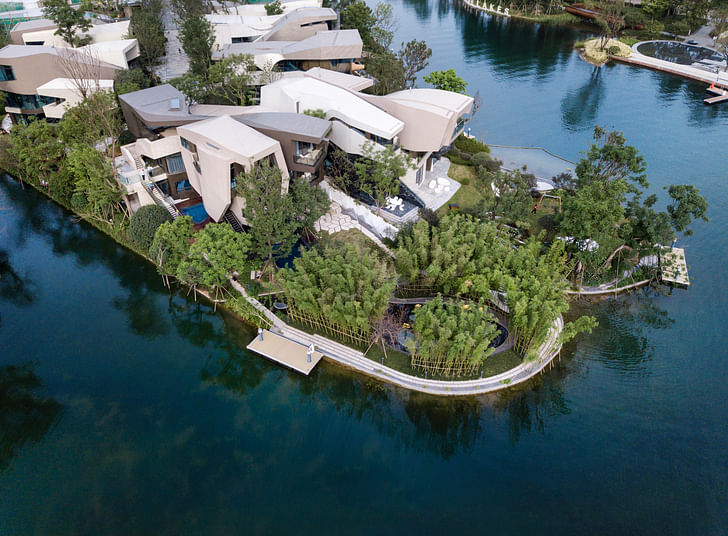
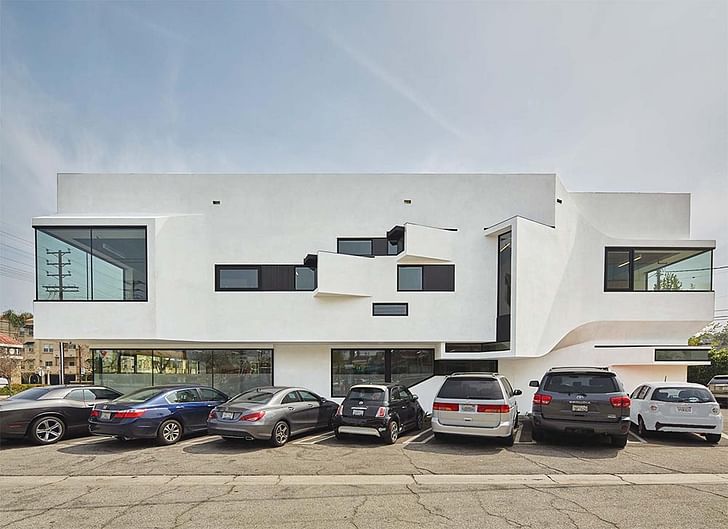
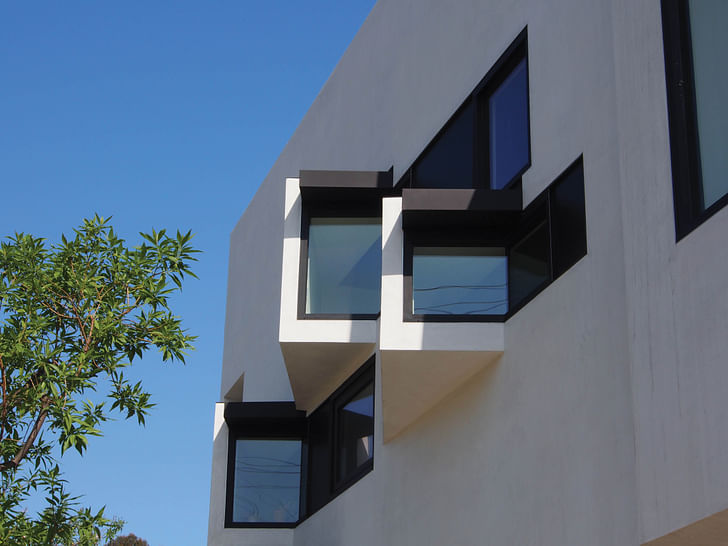

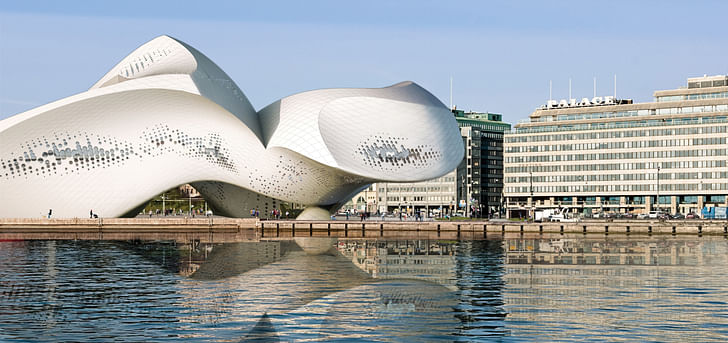
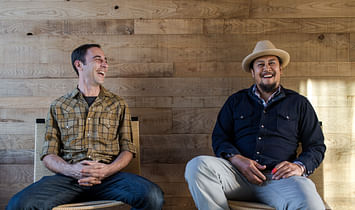
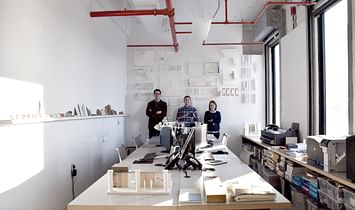
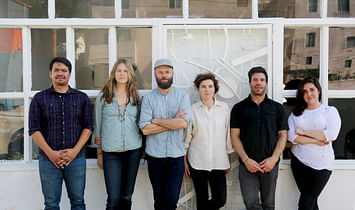

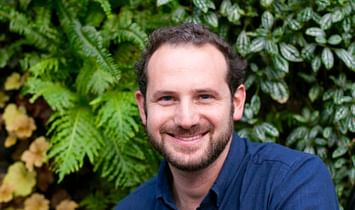




6 Comments
Garbage Firm
it's been fun following the sci-arc dumpster fire via dank
im paraphrasing, but it seems like she just said a BArch is a fine basis for professional practice versus going on to get an MArch? What's the matter with that??
Incredibly bad timing for this feature
This was published 3 years ago
How do you keep the lights on? A payroll of 10 is $60k or more a month with benefits and insurance
Block this user
Are you sure you want to block this user and hide all related comments throughout the site?
Archinect
This is your first comment on Archinect. Your comment will be visible once approved.